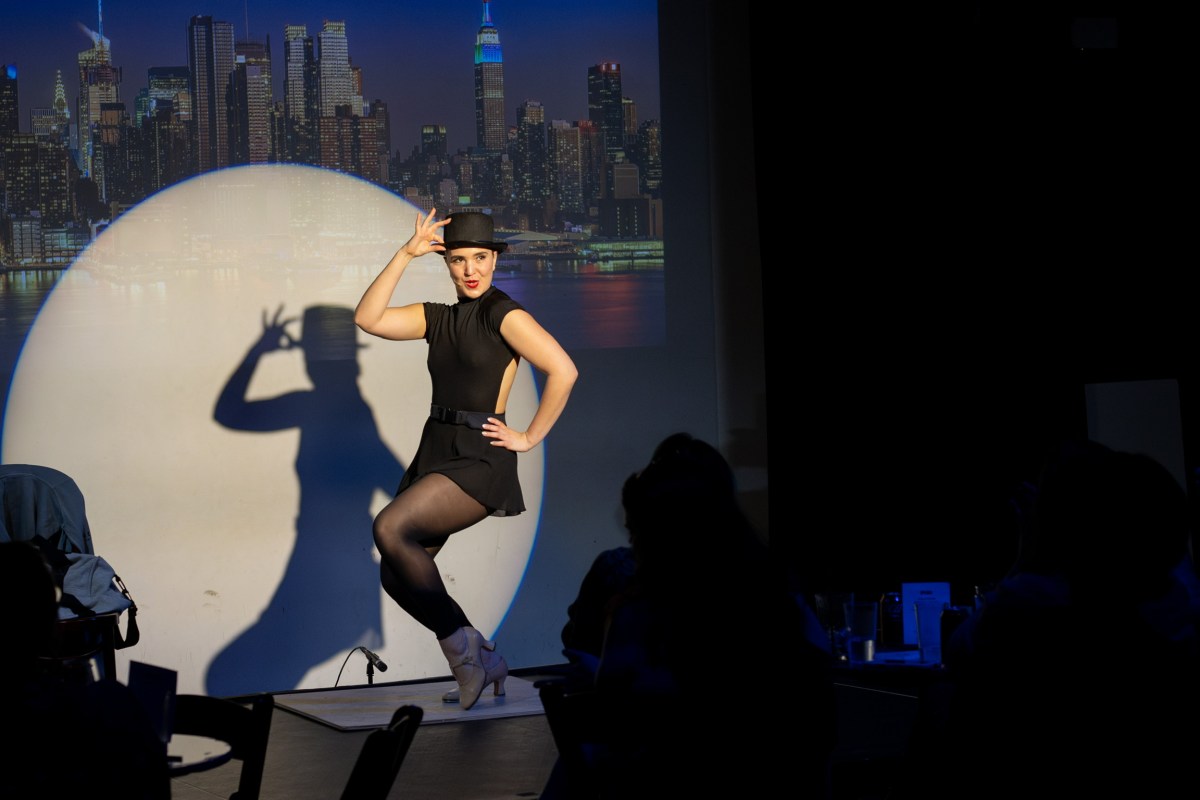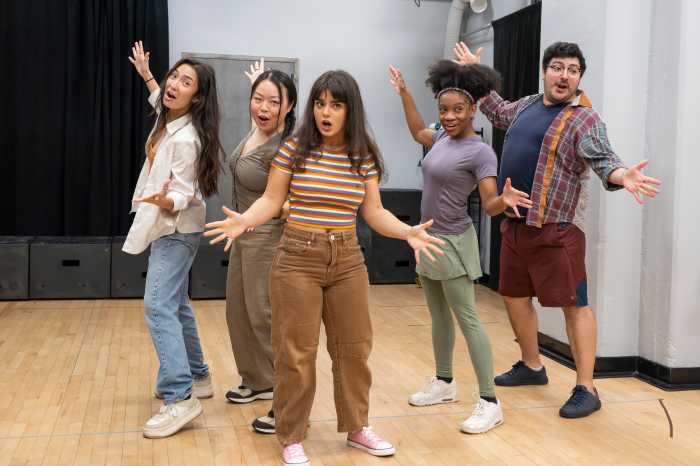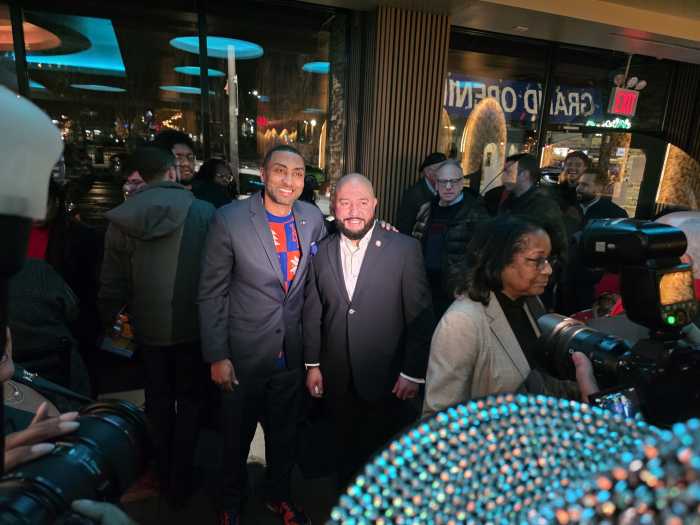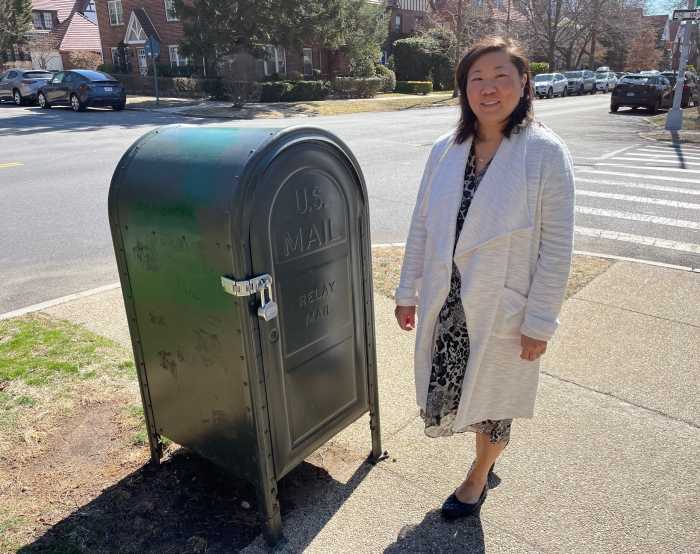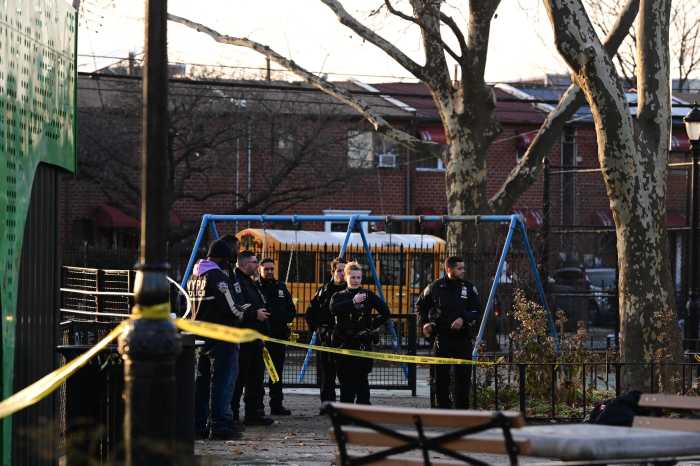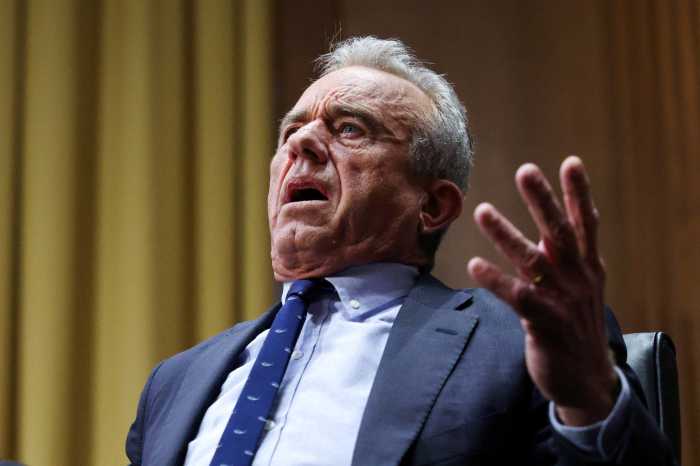You’d think a Betty Boop musical would be a no-brainer. A classic animated icon, Jazz Age flair, Broadway razzle-dazzle — what could go wrong? A lot, apparently.
After more than two decades of development — with talents like Jason Robert Brown, Andrew Lippa, and David Lindsay-Abaire once attached — “Boop! The Musical” has finally landed on Broadway. And the result is polished, peppy, and painfully underwhelming.
Directed and choreographed with maximum showbiz sheen by Jerry Mitchell (“Kinky Boots,” “Legally Blonde”), the production begins promisingly, with a sleek black-and-white cartoon world brought to life through an art deco set, tuxedoed ensemble, and projections styled after the original Max Fleischer shorts. It even includes some charming throwbacks like Betty’s dog Pudgy, portrayed as a marionette operated in full view of the audience.
But as soon as Betty is yanked into the real world — emerging at Comic Con, no less — the show loses its footing. It’s the same premise we’ve seen in “Barbie,” “Enchanted,” and “Elf”: a fantastical character navigating modern-day New York. But here, it’s executed with far less wit or originality. Betty finds herself among a flatly written girl-power subplot, a budding romance with a jazz musician, and a key endorsement in the race for New York City’s next mayor.
Jasmine Amy Rogers plays Betty in stylized, exaggerated fashion — full of baby-voiced catchphrases and cartoonish mannerisms. She’s committed and cute, but understandably cannot replicate the surreal proportions and charisma of her animated counterpart. So when New Yorkers instantly recognize her as the real Betty Boop, it’s unconvincing.
The book by Bob Martin (“The Drowsy Chaperone”) attempts to reframe Betty as a modern feminist figure, but the messaging is muddled and superficial. The plot is thin, the pacing sluggish, and the emotional arc barely registers. There are scattered references to cartoon lore — including Betty’s early days as a dog — and jazz greats like Cab Calloway, but they land as shallow nods.
Susan Birkenhead’s lyrics capture Betty’s voice faithfully and fit the character’s tone. But they’re paired with David Foster’s relentlessly bland music — a mishmash of watered-down jazz and generic pop. For a character who talks constantly about loving jazz and even visits a Harlem nightclub, it’s mystifying that the score doesn’t lean more confidently into period style. It probably would have been better off using actual jazz standards of the era such as “I Wanna Be Loved By You,” Betty Boop’s signature tune, and “Minnie the Moocher,” which was sung by Calloway in a 1932 Betty Boop short.
Mitchell delivers some clever staging — most notably at the top of Act Two, which features a visually striking chorus line that cleverly bridges the cartoon and real worlds, with every other ensemble member costumed in reverse: black-and-white on the front and color on the back, or vice versa. When viewed as a line, the alternating effect creates a seamless transition between the two worlds. But elsewhere, the choreography leans heavily on empty movement and high-energy group numbers that do little to move the story forward.
Stephen DeRosa fares best among the supporting cast as Betty’s eccentric inventor grandfather, going full cartoon with his antics. Faith Prince makes a fun appearance but is given little to do. Her role is so inconsequential you wonder why she’s even there. Most of the real-world characters feel like placeholders — vehicles for speeches about self-empowerment or love of the city.
Yes, it’s kid-friendly. Yes, it’s visually slick. But it’s also toothless. A show about a boundary-pushing cartoon icon shouldn’t feel this safe or generic. Betty Boop may be ready for her close-up, but this isn’t the vehicle she deserves. You are better off watching the original animated shorts on YouTube.
Broadhurst Theatre, 235 W. 44th St., boopthemusical.com.





